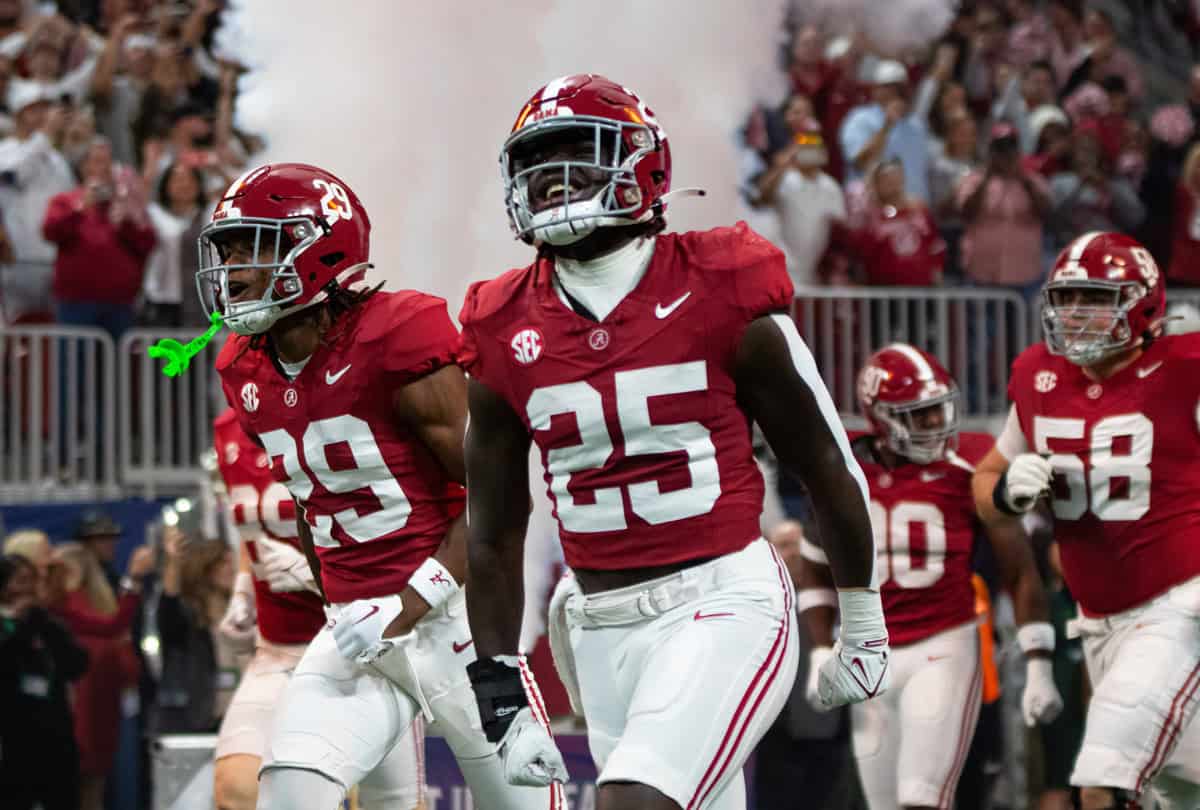Consider, for example, historical nonfiction. One could read “Hitlerland” by Andrew Nagorski, a nonfiction book detailing the lives of international people in Berlin in the 1930s, and then “In the Garden of Beasts” by Erik Larson, a book about the ambassador to Germany and his daughter during the ‘30s, and become well-versed in a specific portion of history without ever entering a class.
This classic combination of nonfiction pieces beats out any trilogy where the reader gets one perspective on one plot line. It is better to explore a broader topic from wider angles to create a thorough and critical examination of events. And it is true by definition – with nonfiction, the events will be real and not imaginary. Having read two nonfiction books on similar topics, the reader can create new avenues of thought and place events in chronological order, aiding their perspective on a historical topic.
This idea works with other nonfiction genres as well. Another interesting take could be “Into Thin Air” by Jon Krakauer alongside his other book of a similar title, “Into the Wild.” While one is about Mount Everest and the other Alaska, the combination would allow the reader to get one perspective on the author and then follow up with his analysis of another kind of natural explorer.
The combinations are endless, and readers will find that every work of nonfiction has its perfect sequel.







